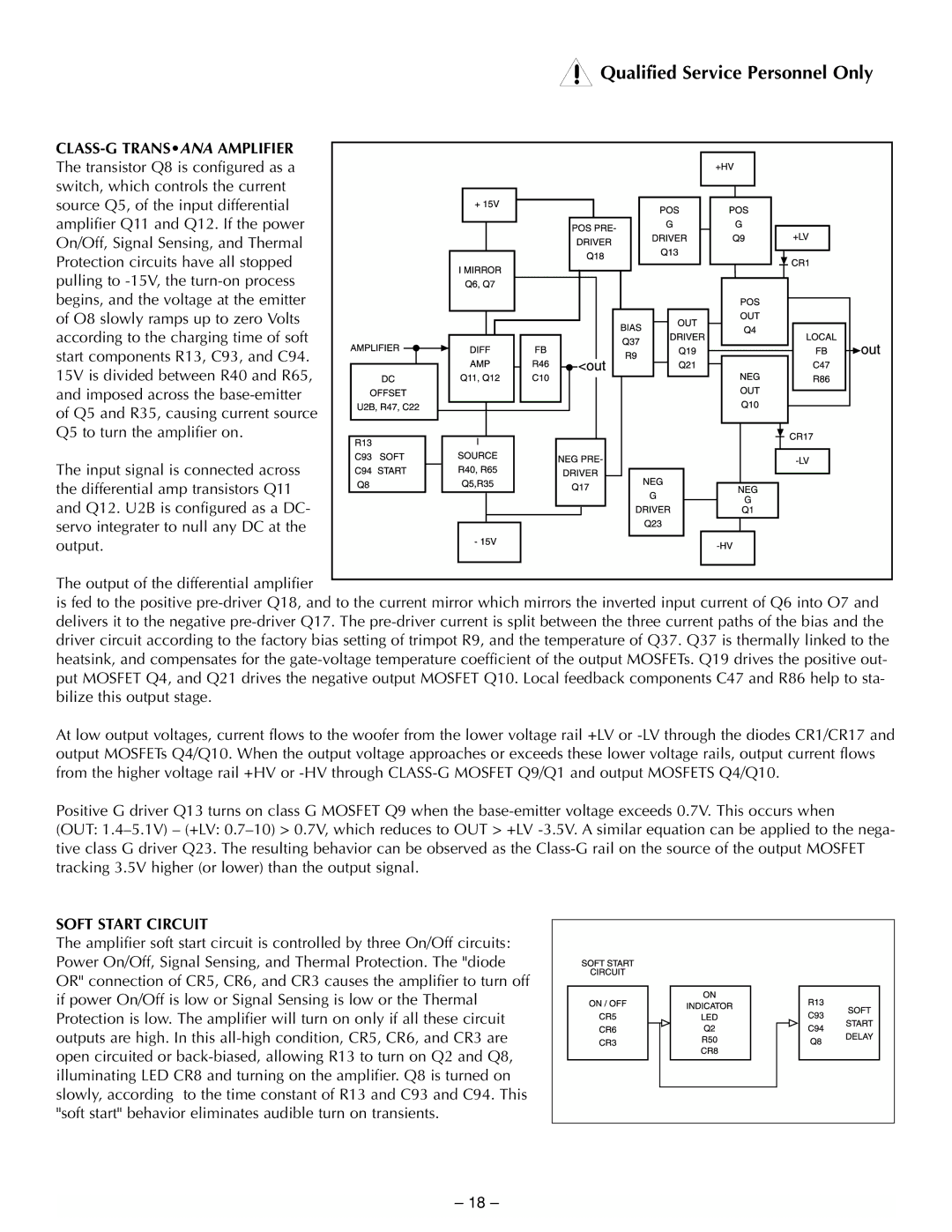TRM12.1, TRM10.1 specifications
The Hafler TRM12.1 and TRM10.1 are professional studio monitors engineered to deliver exceptional sound reproduction within various audio environments. As part of Hafler's prestigious legacy in audio equipment, these monitors cater to audio professionals seeking durability, accuracy, and an impressive performance for mixing, mastering, and high-fidelity playback.One of the standout features of the TRM12.1 is its 12-inch woofer, which provides a deep and powerful bass response, ensuring that low frequencies are rendered with clarity and precision. This is especially important in genres that emphasize bass, such as electronic music and hip-hop. The TRM10.1, on the other hand, is equipped with a slightly smaller 10-inch woofer, making it an ideal choice for smaller spaces or for users who prefer a more compact solution without sacrificing sound quality.
Both models utilize advanced drive technologies and high-quality components. The tweeter in each speaker is designed for wide dispersion and low distortion, allowing for a balanced high-frequency response that is essential for detailed mixing tasks. This design ensures that the monitors provide a natural and transparent sonic experience, making it easier for audio professionals to make critical listening decisions.
The unique enclosure design of the TRM series minimizes resonance and acoustic interference, which helps to achieve a cleaner and more precise sound stage. The cabinets are constructed from high-density materials to reduce vibration, providing a stable platform for the drivers to perform optimally.
Connectivity is another strong point of the TRM12.1 and TRM10.1. Both monitors feature a variety of input options, including balanced XLR and TRS connectors, making them versatile for integration into different studio setups. This flexibility allows users to connect the monitors to various types of audio interfaces and mixers easily.
User control is facilitated by adjustable rear bass and treble EQ controls, empowering users to tailor the sound to better fit their room acoustics. This feature is particularly useful in situations where room reflections may affect sound quality.
In conclusion, the Hafler TRM12.1 and TRM10.1 studio monitors represent a blend of advanced technology, robust construction, and user-friendly features. Whether in a professional mixing environment or a home studio, these monitors provide the fidelity and reliability that audio professionals depend on to bring their creative visions to life. With their impressive performance and thoughtful design, the TRM series continues to uphold Hafler's tradition of excellence in audio engineering.

